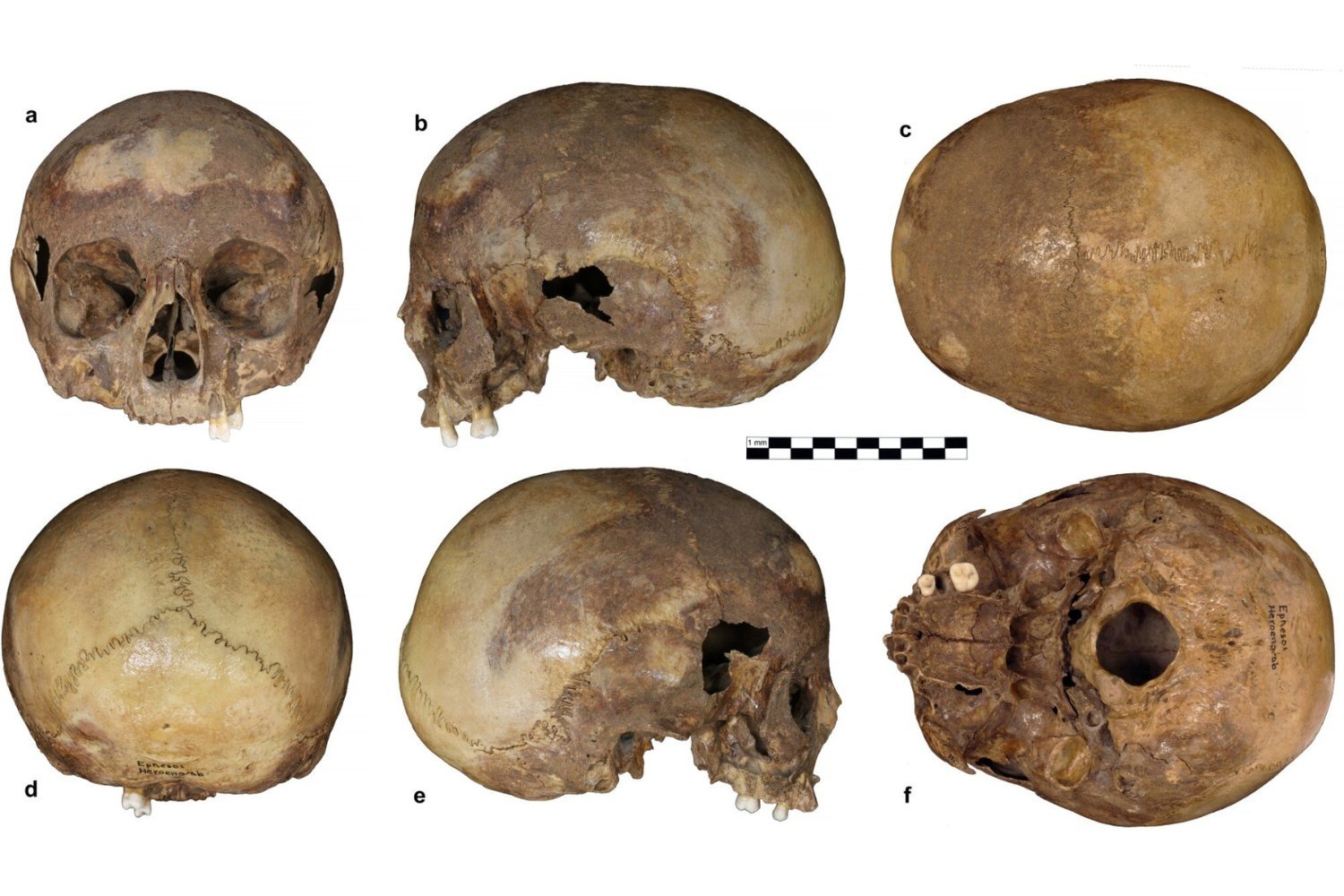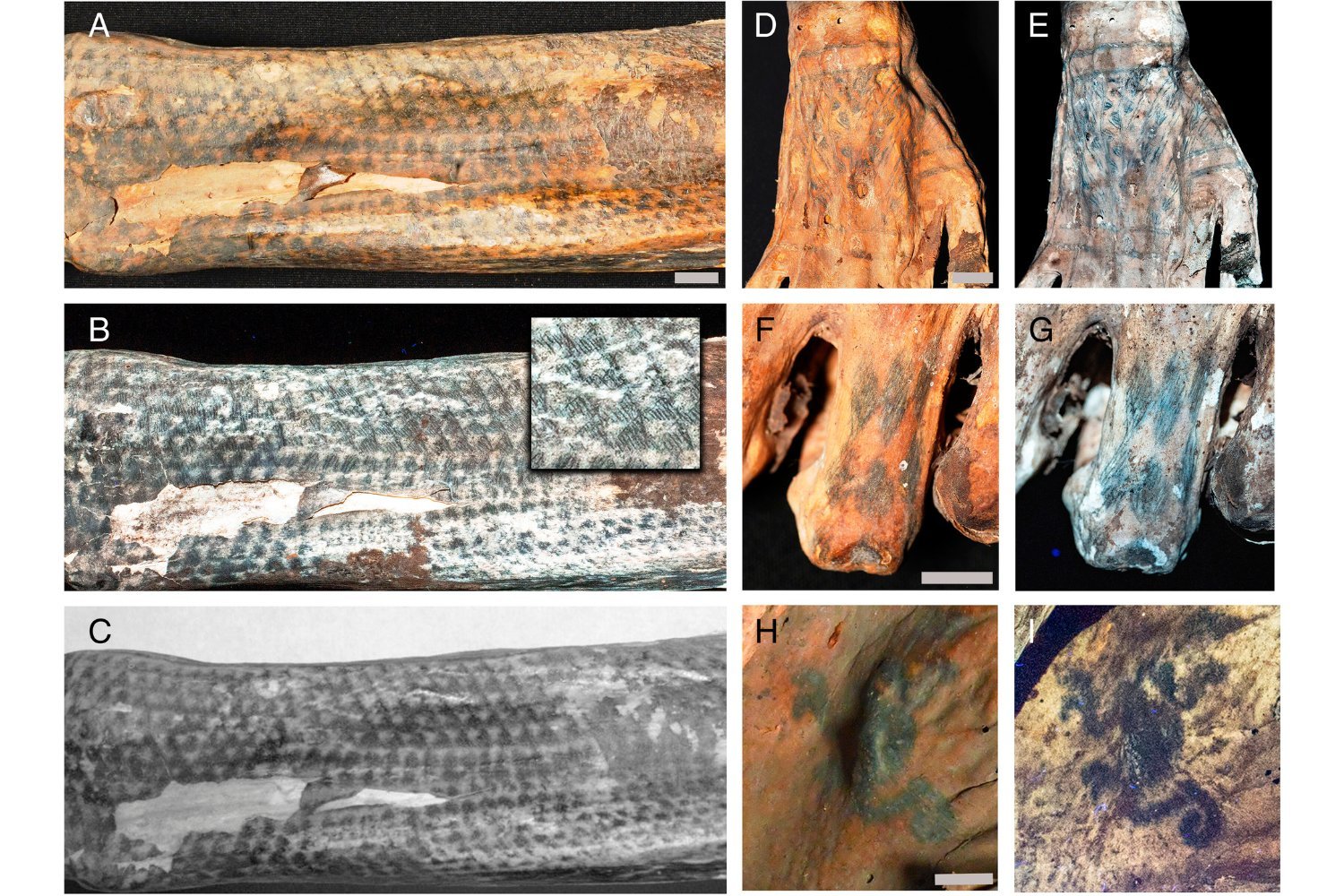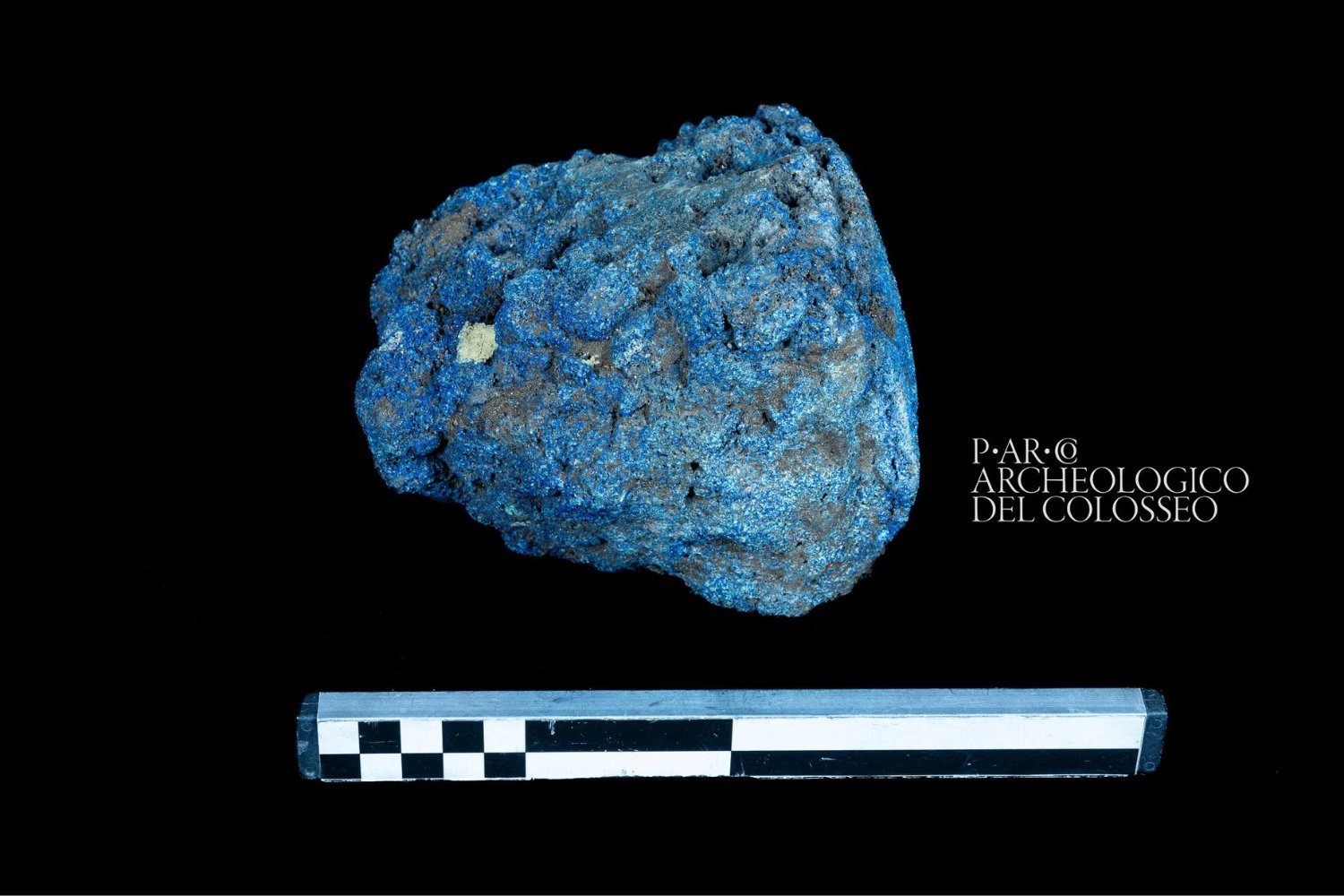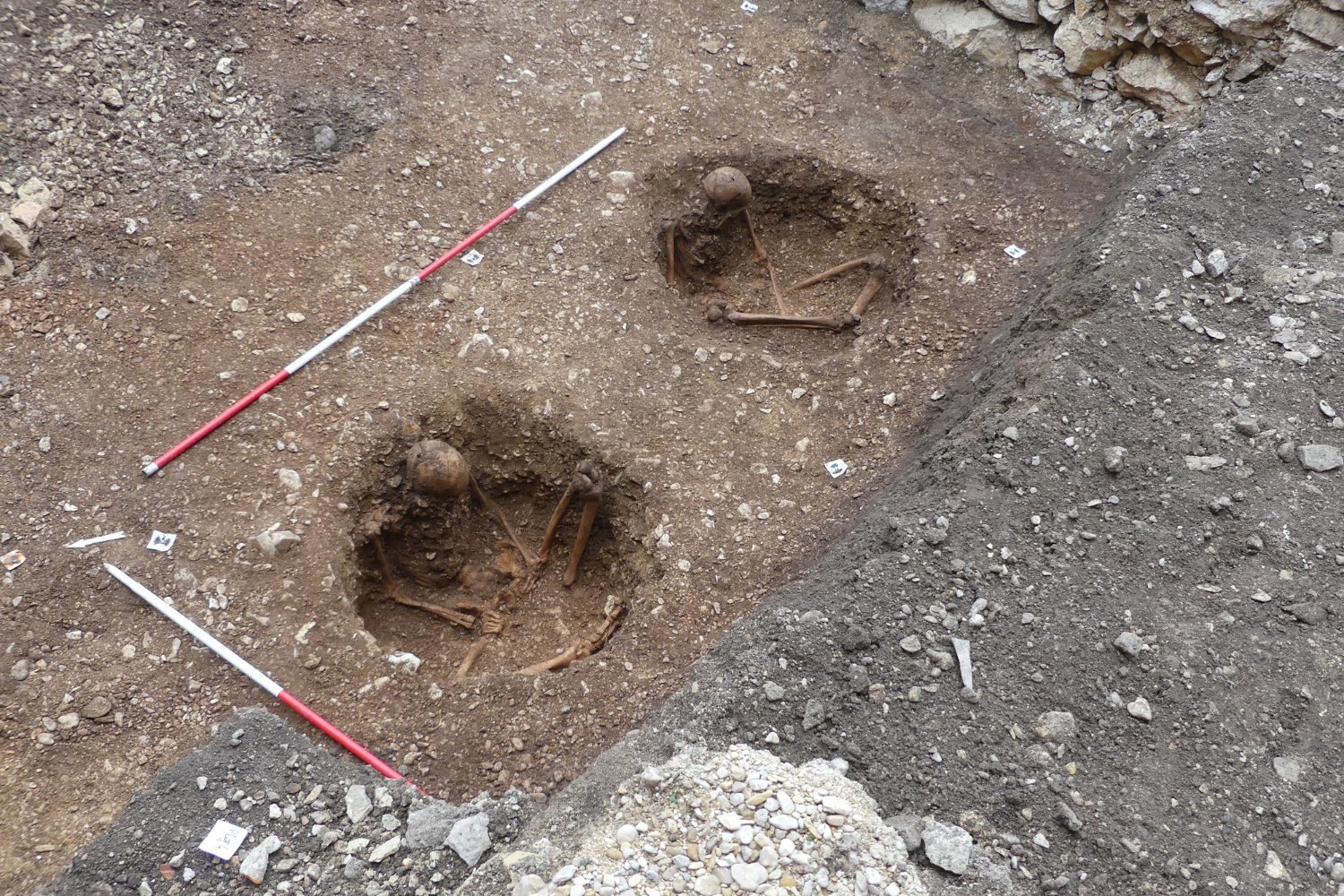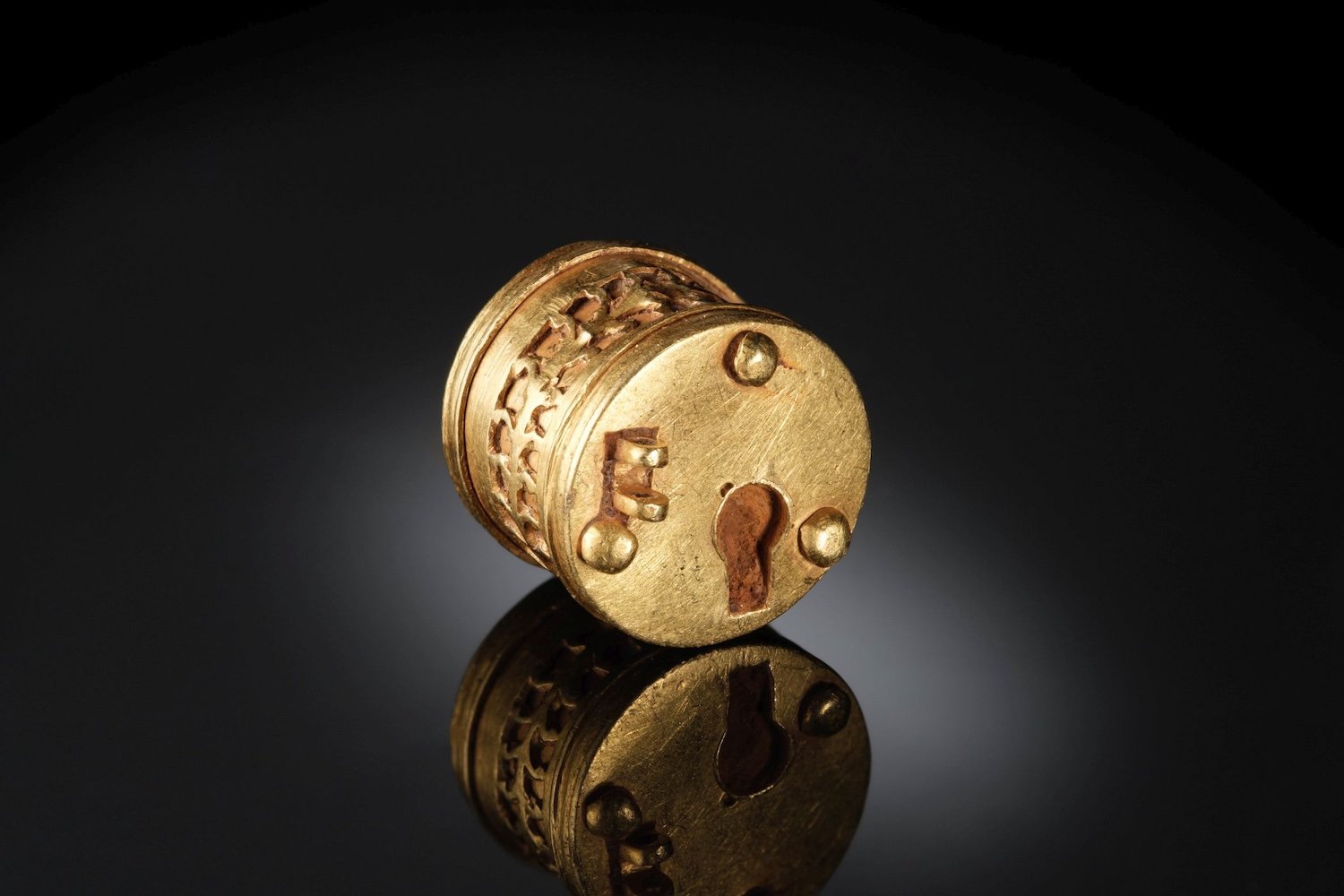The discovery of bones in ancient Roman quarry shafts isn’t uncommon, but a hand-painted dog penis bone? That’s a first. Bioarchaeologist Ellen Green from the University of Reading in the UK has unearthed just that: a painted dog baculum, dating back over two millennia. Found within a first-century BCE Roman shaft in Surrey, England, the bone was discovered among other skeletal remains and may have been used in fertility or good luck rituals, as initially reported by Live Science. Green details the red-stained artifact in a study published in the Oxford Journal of Archaeology.
The 4-meter-deep Roman shaft, originally a quarry, was discovered in 2015 at the Nescot site near Ewell. Excavations revealed hundreds of human and animal skeletal remains, including those of over 280 domestic animals such as dogs, pigs, cattle, sheep, goats, and horses. Most remains showed no signs of butchering, disease, or burning. Remarkably, of the nearly 200 dog remains, only one penis bone was painted.
Using X-ray fluorescence, a non-destructive technique that analyzes an object’s elemental composition, Green determined the red paint was iron oxide, a compound with colors ranging from light yellow to deep red. She proposed two possible explanations for the pigmentation: the ochre was applied directly, staining the bone, or the baculum was stored in ochre-dyed cloth that decomposed, leaving the stain. Ochre is a natural pigment primarily composed of iron oxide.
However, no other bones were painted, no metal artifacts were found in the shaft to suggest rust staining, and natural red ochre was absent from the Nescot site. This led Green to conclude the penis bone was intentionally painted with red ochre before being deposited in the shaft, making it a unique discovery. “I couldn’t find any comparable instances of Roman red ochre use on bone, or any examples from the British Iron Age,” Green told Live Science. “It’s a truly unique artifact from a unique site, and ultimately, a bit of a mystery.”
While Green explains how the bone was likely painted, the why remains elusive. She suggests a ritualistic purpose, citing the established association between dogs and fertility in Roman Britain. Within the broader Roman world, the penis symbolized good luck and protection from the evil eye. However, as Green noted to Live Science, “this is the only example I could find of an actual penis potentially used as a ritual object.”
This overlooks numerous examples of penis bones used in rituals across different cultures. For instance, the Saami of northern Scandinavia attached bear bacula to sacred drums, while Indigenous Alaskan groups polished polar bear penis bones for knife hilts. These practices suggest a wider tradition of genitalia symbolizing power, fertility, protection, and possibly luck.
The shaft itself, used as a burial site nine times over roughly half a century after its quarry days, likely held a broader ritualistic significance. The presence of many young animals and those born in spring and summer hints at a connection with agricultural fertility, according to the study.
While Green acknowledged to The Independent that the link between ritual shafts and fertility isn’t new, this discovery elevates ancient phallic symbolism. Perhaps it’s time to reconsider that rabbit foot keychain.





